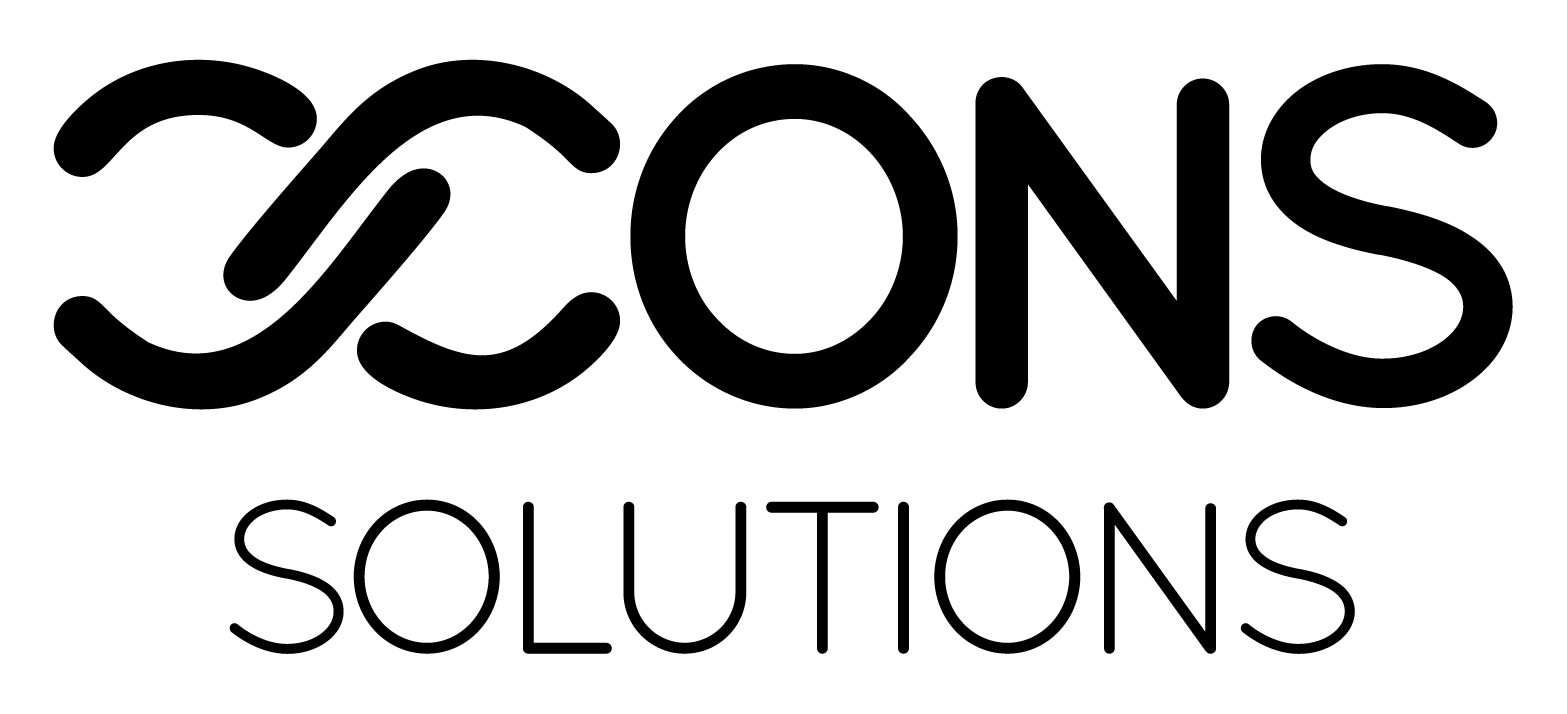Introduction
As the digital landscape continues to evolve, web design in 2025 will be more user-focused, immersive, and technically refined. Businesses must stay ahead of the latest trends to create visually stunning, high-performing websites that enhance user experience and drive conversions. This guide explores the best web design practices for 2025 to ensure your site remains competitive and SEO-optimized.
1. Minimalist and Clean Design
In 2025, simplicity and clarity will dominate web design. A clutter-free, well-structured layout improves user engagement and reduces bounce rates.
Key Elements:
- Ample white space for better readability
- Clear visual hierarchy for smooth navigation
- Fewer distractions for higher conversion rates
2. Dark Mode and Adaptive Themes
Dark mode continues to gain popularity due to its aesthetic appeal and battery-saving benefits.
Implementation Tips:
- Allow users to toggle between light and dark modes
- Ensure text and UI elements remain highly readable
- Use adaptive color schemes to match brand identity
3. AI-Powered Personalization
Artificial intelligence is transforming web design by delivering personalized user experiences.
How AI Enhances UX:
- AI-driven content recommendations
- Smart chatbots for instant customer support
- Behavior-based layout adjustments
4. Mobile-First & Responsive Design
With over 60% of global web traffic coming from mobile devices, responsive design is non-negotiable.
Best Practices:
- Prioritize fast-loading, mobile-friendly layouts
- Optimize touch-friendly navigation
- Implement progressive web apps (PWAs) for a native app-like experience
5. Core Web Vitals Optimization
Google’s Core Web Vitals are critical for SEO and user experience.
Essential Metrics:
- Largest Contentful Paint (LCP): Improve page load times
- First Input Delay (FID): Ensure fast interaction response
- Cumulative Layout Shift (CLS): Prevent layout shifts for a smooth experience
6. Voice Search Optimization
With the rise of voice assistants, websites must be optimized for voice search queries.
Optimization Tips:
- Use natural language keywords
- Implement FAQ-style content
- Ensure structured data markup for better search visibility
7. Inclusive & Accessible Design
Websites must be accessible to all users, including those with disabilities.
Key Accessibility Practices:
- ALT text for images
- Keyboard-friendly navigation
- Contrast optimization for readability
8. Advanced Microinteractions & Animations
Subtle animations improve UX without overwhelming users.
Examples:
- Hover effects for button interactions
- Loading animations to reduce perceived wait times
- Microinteractions in forms and CTAs to enhance engagement
9. Secure & Privacy-Focused Design
With increasing cybersecurity concerns, secure design is a top priority.
Security Measures:
- SSL encryption for data protection
- GDPR & CCPA compliance for user privacy
- Two-factor authentication for user accounts
10. SEO-First Approach
A visually appealing website is useless if it doesn’t rank on search engines.
SEO Best Practices:
- Optimize meta titles, descriptions, and headers
- Implement internal linking for better site structure
- Use structured data markup for rich snippets
Conclusion
The best web design practices for 2025 focus on user experience, performance, and accessibility. By implementing these strategies, businesses can create high-ranking, high-converting websites that stand out in the digital space.
Need a future-ready website? XCONS specializes in modern web design that aligns with the latest industry trends. Contact us today!


